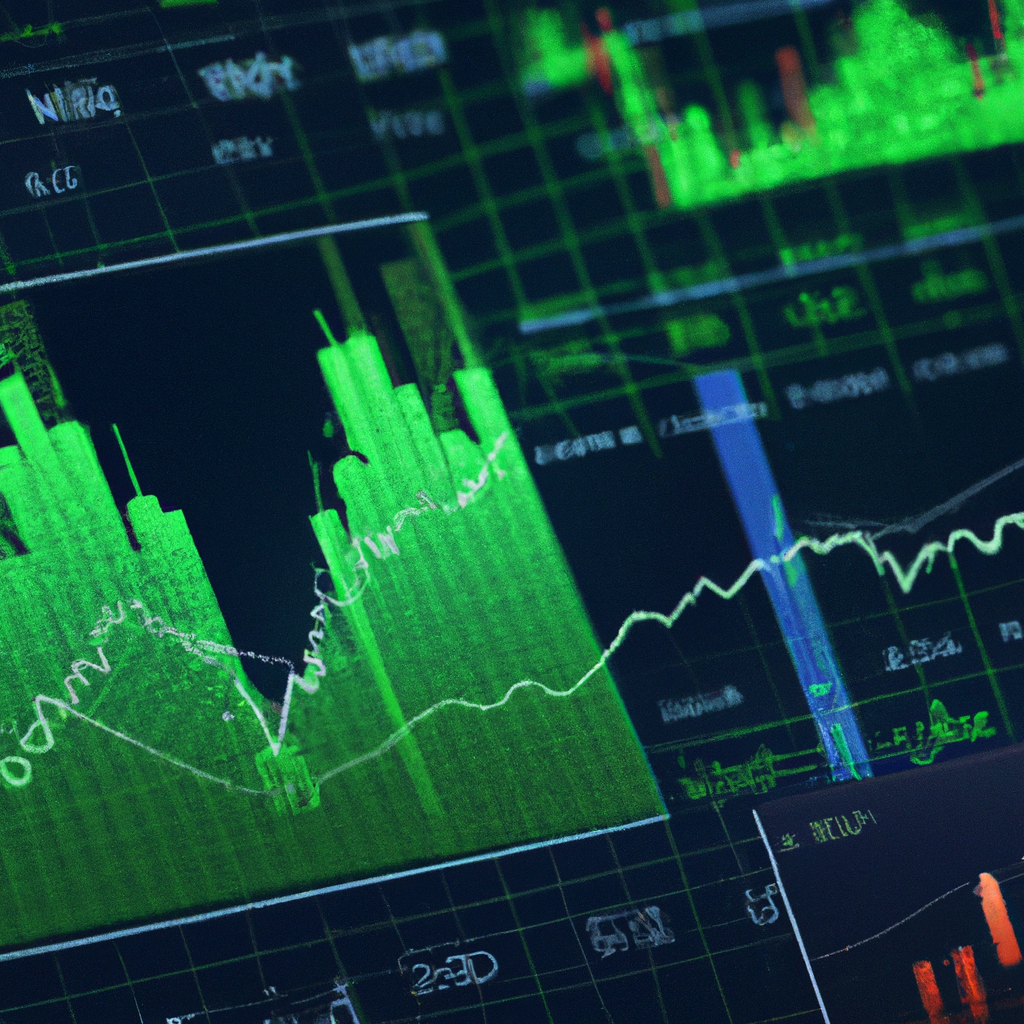# The Ultimate Guide to Backtesting Trading Indicators
In the realm of financial trading, backtesting is an essential technique that allows traders to validate their trading strategies and indicators based on historical data before risking any real money. This method involves simulating a strategy with past trades to gauge its effectiveness. This article delves into the nuances of backtesting trading indicators, ensuring that traders at all levels can understand and apply this crucial process.
##
The Importance of Backtesting
Backtesting is the cornerstone of developing a robust trading strategy. It provides invaluable insights into how a strategy would have performed in the past, thus, allowing traders to make informed decisions about its future viability. Beyond mere performance assessment, backtesting helps in optimizing a strategy by tweaking parameters, identifying potential flaws, and assessing risk management protocols.
##
Choosing the Right Tools for Backtesting
Selecting the appropriate tools is the first step in backtesting trading indicators effectively. There are numerous software options available, ranging from simple charting tools with backtesting capabilities to more sophisticated platforms designed specifically for this purpose. Some popular choices include MetaTrader, TradingView, and QuantConnect. The key is to find software that aligns with your trading strategy’s complexity and your personal proficiency in programming (if the tool requires it).
##
Steps to Backtesting Trading Indicators
Embarking on the journey of backtesting requires a structured approach. By following these steps, traders can ensure their backtesting efforts are both efficient and insightful.
###
Step 1: Define Your Trading Strategy
Clearly outline the rules of your trading strategy. This includes entry and exit signals, timeframes, trading instruments, and any indicators you plan to use. The specificity is crucial here; ambiguity can lead to misleading backtesting results.
###
Step 2: Gather Historical Data
The quality and quantity of historical data play a significant role in the accuracy of your backtesting results. Source data that cover various market conditions, especially those that are significant to your trading strategy. It’s vital to ensure that this data is clean and adjusted for any splits, dividends, or other corporate actions.
###
Step 3: Implement Your Strategy on the Backtesting Software
Use your chosen backtesting software to set up your trading strategy. This may require coding the rules of your strategy or using a platform that allows for strategy implementation without extensive programming knowledge. Ensure that all parameters match your predefined criteria.
###
Step 4: Run the Backtest
Execute the backtest over the selected historical data period. Be patient, as the process can take time, especially for complex strategies or extensive data sets.
###
Step 5: Analyze the Results
Upon completion, analyze the backtesting results carefully. Look beyond mere profitability; evaluate performance metrics such as the Sharpe ratio, drawdown periods, win/loss ratios, and other relevant indicators. This analysis will help you assess the risk-to-reward ratio of your strategy.
###
Step 6: Refine and Iterate
Based on your analysis, tweak and fine-tune your strategy. This might involve adjusting indicators, changing entry/exit criteria, or altering risk management protocols. Iteration is key in the backtesting process, as it allows for continuous improvement.
##
Common Pitfalls to Avoid
While backtesting can provide significant insights, it’s not without its challenges. Beware of overfitting, where a strategy is excessively fine-tuned to past data, making it unlikely to perform well in real trading. Also, ensure the data quality is high to avoid discrepancies. Additionally, remember that past performance is not always indicative of future results.
##
Conclusion
Backtesting trading indicators is an invaluable process that equips traders with the insight to refine their strategies for better performance. By understanding the importance of backtesting, selecting the right tools, and following a structured approach to testing, traders can significantly enhance their chances of success in the markets. Remember, trading involves risk, and while backtesting is a powerful tool, it’s crucial to proceed with caution and consider other aspects of trading discipline and risk management.
